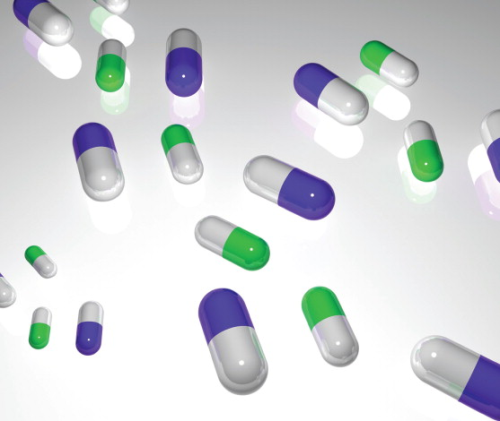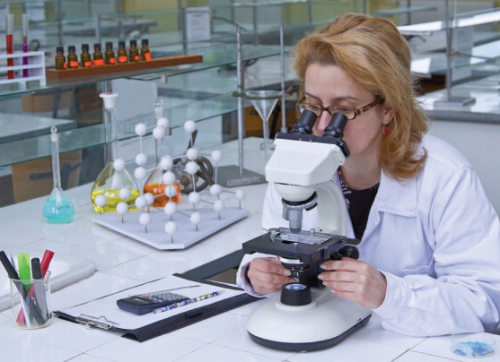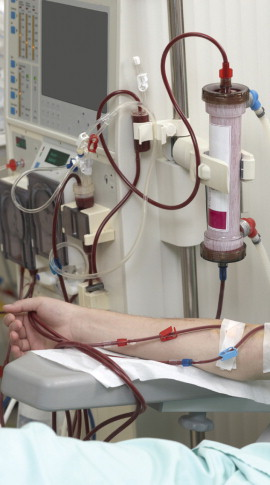



It is ten years since the United Nations established its Millennium Development Goals, intended to spur national and international activity into making some real progress into redressing the major social ills then evident around the globe. The target date for the achievement of that progress was to be 2015, but, two-thirds of the way to it, very little substantial improvement can be seen – such that the Secretary General has summoned the world's leaders to a summit meeting in September, of this year, intended to boost progress towards those Goals. In view of the world's present economic ills, the prognosis for success is not very favourable.
Favourable or not, what matters here is that, of the eight Millennial goals, three are specifically aimed at health issues:
• Goal 4: Reduce the child mortality rate
• Goal 5: Improve maternal health
• Goal 6: Combat HIV/AIDS, malaria and other diseases
Each of these had specific improvement targets for achievement by 2015. These, coupled with the first of the eight Goals (‘Eradicate extreme poverty and hunger', which lies at the root of the major health problems), mean that a vast amount of effort should now be apparent in health related activities.
To be fair, the medical and healthcare sector has attracted the attention of some major charities and government initiatives. A Global Fund to fight Aids, TB and Malaria has been established to co-ordinate research activities, while the Bill and Melinda Gates Foundation is putting its considerable financial muscle behind several Millennium Development Goal-related projects.
There is growing concern that the ‘high profile' diseases, such as HIV/AIDS, will divert attention away from those that cause more deaths, such as the water borne diseases such as bilharzia. It is also no longer true that poor people mainly die from the communicable, infectious diseases that have been assumed to be beyond their control, such as malaria, cholera or TB. Of all deaths, worldwide, now occurring, close to 60% are caused by life-style, non-communicable ‘diseases', such as obesity, and excessive cigarette smoking or alcohol consumption. This highlights the importance of the healthcare component of this sector (and, of course, of better education).
Nevertheless, the death toll from malaria, for example, is horrendous. Nearly half of the world's population is at risk of catching malaria, there are 250 million newly infected with it each year, and approaching one million die from it annually. The economic cost of lost lives, and of the debilitation among those suffering from malaria is huge. Yet a ‘near-zero' death rate from malaria is still considered possible by 2015.
That more effort to attack these diseases is not apparent cannot detract from the importance of the several tasks involved, and the implication that the medicine and healthcare sector will become a huge business. It is, of course, not small now, but the filtration equipment component of the sector's investment is relatively small, albeit with a relatively high growth rate.
The medical and healthcare sector
Before the sector can be measured, it must be defined, and that is not easy because of the diffuse boundaries between it and other application sectors. Thus, the activities that are included as medical and heath related are primarily those of care and prevention of disease and infirmities, both human and veterinary:
• the operation of hospitals, medical and dental practices, health clinics and so on;
• the provision of medicines, health foods and dietary supplements, body-care products; and
• the operation of nursing care homes, and hospices.
Definition problems that are immediately obvious are with the pharmaceutical sector (which includes bulk production of drugs and medicinal) and medical biotechnology – where drug development is counted in the medical sector. Cosmetics are not included, but muscle treatment creams are. Residential homes that do not have a healthcare function are not included.
With the appropriate care in estimation taken to avoid these problems of boundary definition, it is believed that the medical and health sector's market for filtration and related separation equipment in 2009 was in the region of $2.4 billion, including lifetime spares and measured in the US dollar value of that year. The economic recession of 2008/2009 took its toll on this sector, as with all others, and the 2009 market was, in real terms, about the same for that in 2008. The underlying growth is, however, quite strong, and the sector is expected to recover in 2010, by at least 5% in real terms.
The current market size estimate puts this sector at about 4.9% of the overall separation equipment market, on a global basis.
Market structure
The market served by this equipment sector is quite diverse, ranging from hospitals and regional health services, through to research laboratories, care homes, and manufacturers of human and animal care products. As a market sector it is most mature in the USA, but most of northern Europe is rapidly catching up – and the huge populations of China and India are giving their governments pause for thought as to how the need will be met.
The large US sector has been given a major shake-up by the enactment this spring of a healthcare reform bill – with healthcare and pharmaceutical companies claiming that it will reduce their business severely. Almost all of the biggest healthcare companies are American-owned or – based; the Financial Times' Global 500 for 2010 includes a dozen ‘healthcare equipment and services' providers (mainly care home and clinic operators), all but one based in the USA, and ranging in turnover from $6.7 billion up to $87 billion. Included also are the household goods suppliers, such as Colgate Palmolive, Procter & Gamble, and Reckitt Benckiser, whose product portfolios contain many body care products and medicines. Unilever can also be numbered here, despite its large food and beverage business.
From the point of view of the equipment suppliers, the biggest recent event has been the purchase of the American company Millipore by the German pharmaceutical giant Merck KGaA. Millipore is a major supplier of filtration and membrane processing equipment for life science research, including drug discovery and development, bioprocessing and laboratory filtration components and systems.
Separation equipment applications
The prime factor in the provision of products to the medicine and health sector is the need for close to absolute purity, and especially for the removal from them of pathogens and pyrogens. This means the removal of species as small as viruses, whose diameters are generally below those for which microfiltration is effective. Most equipment used in this sector must be capable of being steam sterilised, and must also be part of the validation system used in most manufacturing processes.
The use of fine filtration equipment, and especially membrane filter media, in the processes of medicine and health maintenance, can be of the greatest importance. The artificial treatment of blood by dialysis, known as haemodialysis, is literally one of the most vital uses of the semi-permeable membrane. It is the most publicly recognised application for dialysis, and perhaps for membrane separations as a whole.
Haemodialysis is accomplished by circulating blood from the body to an external membrane. This membrane removes waste products and excess fluid from the blood, and must be followed by the addition of minerals and chemicals back into the blood, in order to correct any nutritional deficiencies or chemical imbalances that may have been caused by the membrane separation. The cleaned, supplemented blood is then returned to the body. High-flux dialysis uses synthetic membranes that can more efficiently remove larger-sized waste products and larger quantities of fluid, allowing a patient shortened treatment time. The extra fluid picked up by the blood during dialysis has usually then to be removed by ultrafiltration.
Dialysis is huge business – the US government spends about $24 billion a year on treating kidney failure. It is estimated that there are approximately two million people receiving regular dialysis treatment, and that this number will probably double by 2020. A quarter of the current number of patients are in the USA, giving a proportion approaching 1500 cases per million of the population (although this proportion is well exceeded in Japan, to nearer 2000 cases per million).
The leading company in this business is Fresenius Medical Care, a subsidiary of the German Fresenius Group, which makes over half of the dialysis machines sold in the world. Fresenius also is a major operator of dialysis clinics.
Although heavily overshadowed by the dialysis application, there are many other uses of filters within the sector, mainly for physically small units, used both to protect operating systems from the ingestion of microscopic particles, and to prevent their loss from system vents and leaks. A very important application is in the purification and sterilisation of parenteral fluids, those liquids to be used as the base for injected vaccines. The filters here can be placed right before the vaccine's container, as it is filled.
These types of filter are made by the major companies in the filtration business, such as Pall and Millipore, and also by a great number of specialist manufacturers. They can be supplied as syringe filters, with the filter medium integral with the syringe casing, or built into pipettes, or as small capsules, with the circle of filter medium mounted across the central plane of a flat disk-shaped casing, each side of which is made with a nipple to which flexible feed and filtrate lines can be connected.
These little filters can be syringe or pump driven, or mounted as in-line filters and pressure or vacuum driven. They can be used once and then discarded, or made to be cleaned and resterilised.
For larger flows or solids loads, standard filter cartridges are available, using depth media or pleated sheet media. Where membranes are the preferred filter medium, then these are available in hydrophilic or hydrophobic materials.





